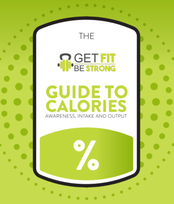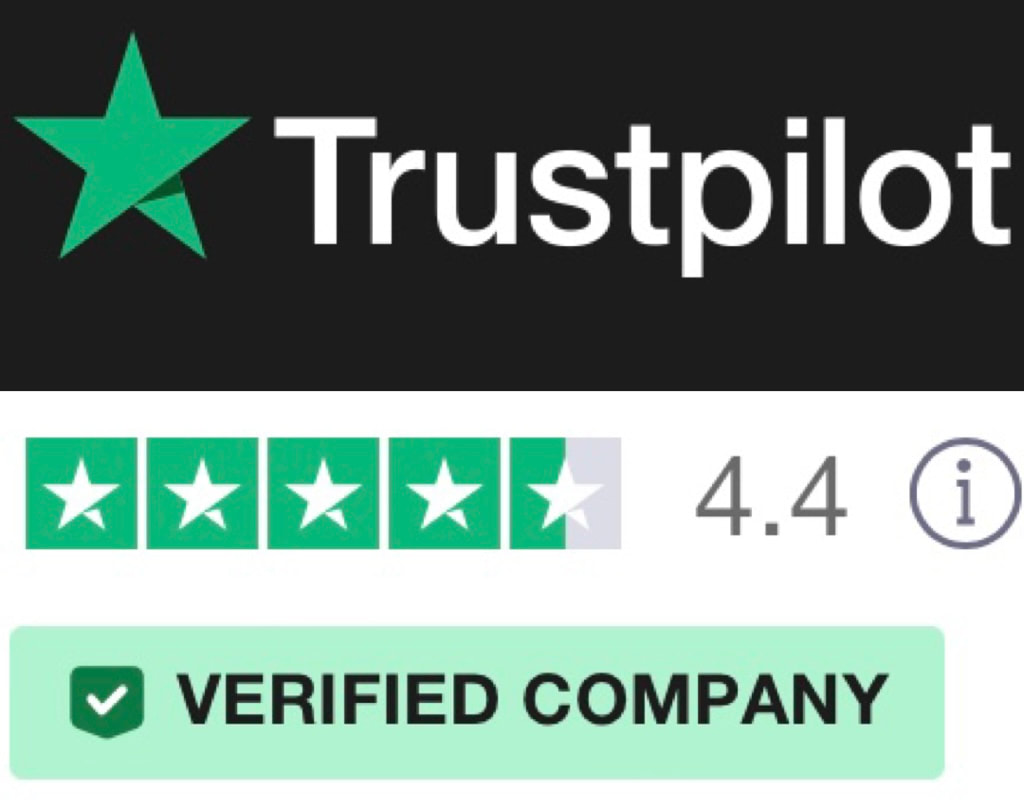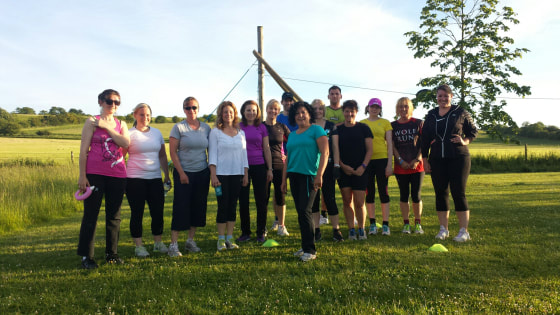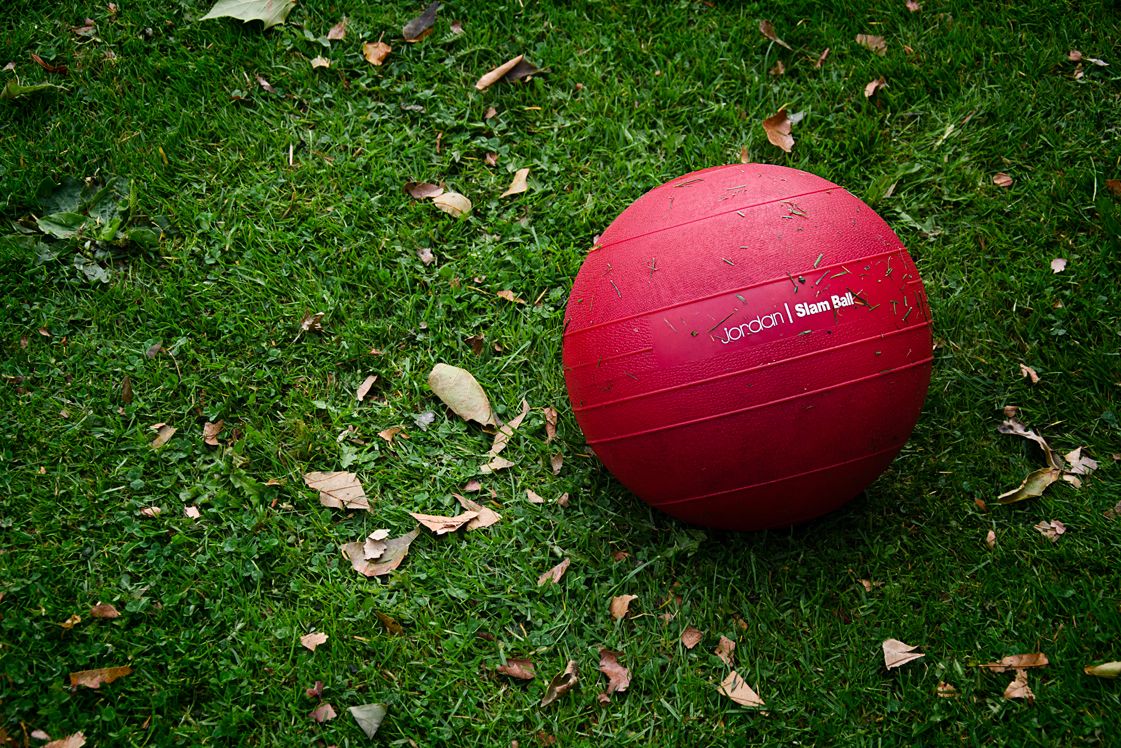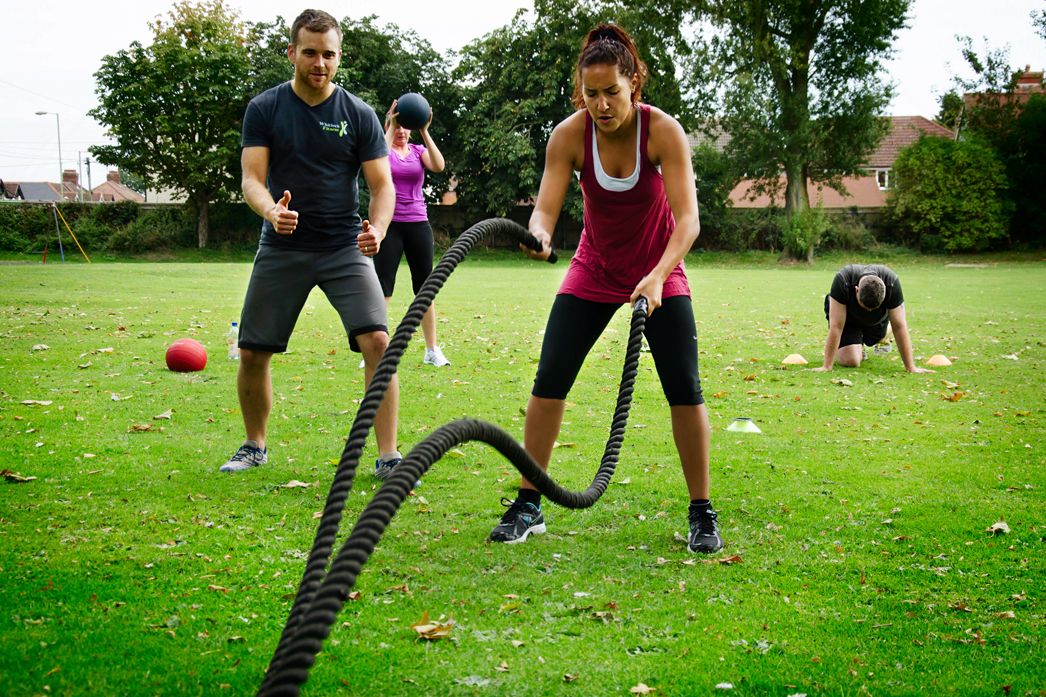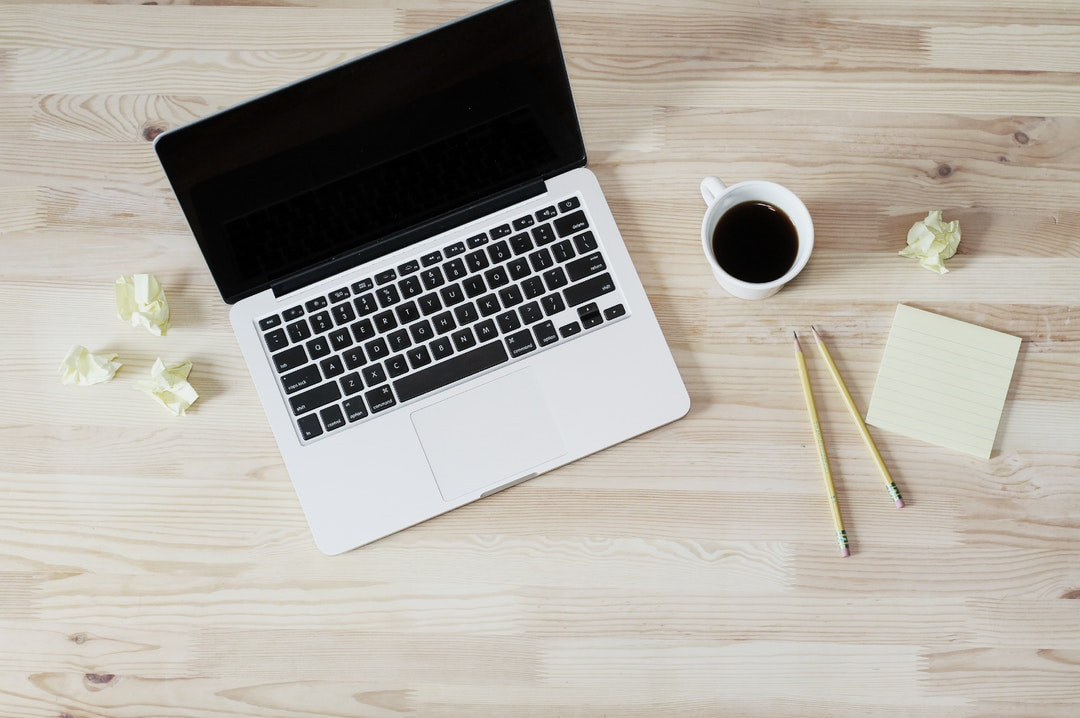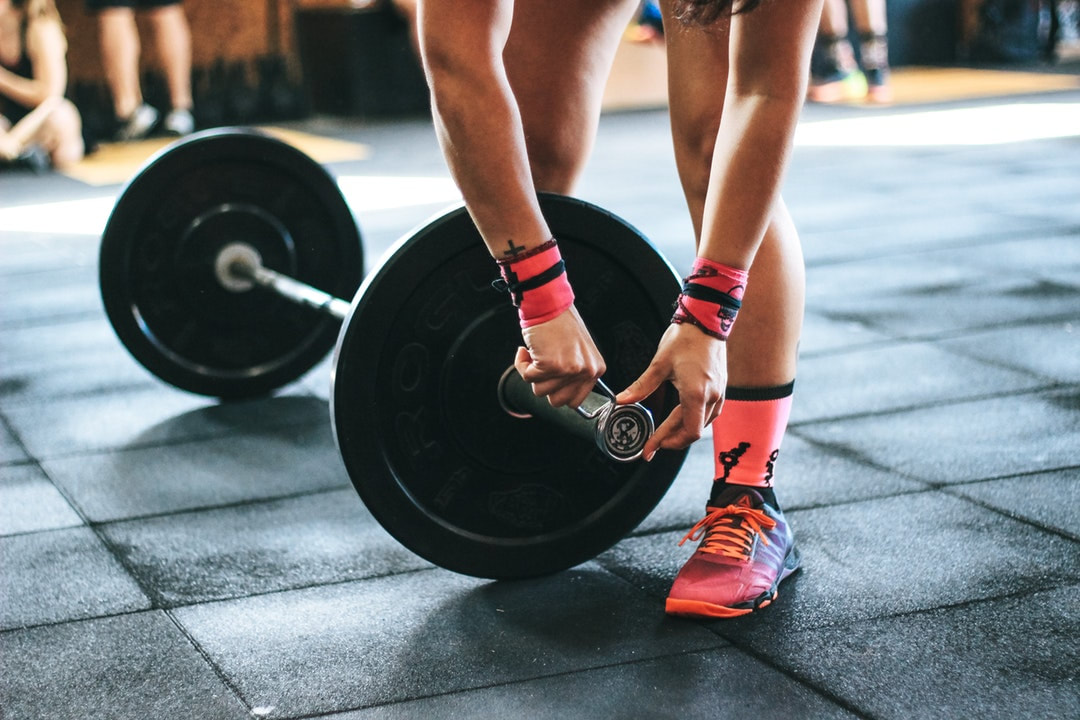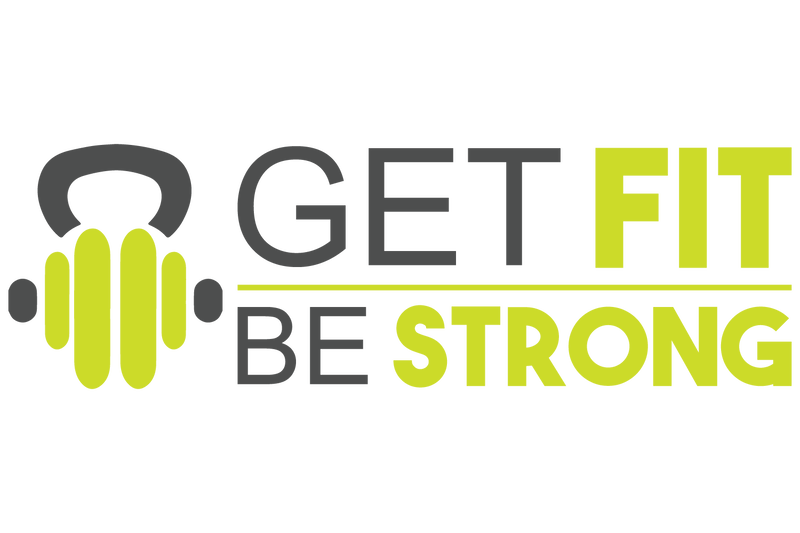the Abs... Abs
When we talk about the ‘core’ most of us think of loads and loads of sit ups, crunches, ab cradles and a sweaty, tight 6 pack. What we should be thinking about is a group of muscles that work together to give us stability, strength, protection and assist us to be mobile in many directions. The Rectus abdominus (RA) The famous 6 pack muscle. Its function is to flex the trunk (pull our torso towards our feet). What is the pack effect? Simply it is bands of connective tissue crossing over the RA. The level of definition and how much you see them is determined by the amount of fat lying on top and the size of the muscle pushing through. The Transverse Abdominis (TVA) The TVA is a corset type muscle which surrounds the whole midsection. It is the muscle that we draw in when we are trying to hold our belly in. It is the key muscle that is activated when we perform the plank position. Place your hands on either sides of your waist, inline with your belly button, cough and hold. That is your TVA. When we come to lifting heavy stuff, bending, jumping, running, if we can activate the TVA we become more stable and help take the load off the lower back. The Internal Obliques (IO) This helps with compression of the trunk and is an accessory in breathing. It also assists in rotation of the trunk. The External Obliques (EO) The EO are towards the sides of the torso and help with rotation and bending to the side. They are part of the ‘V’ shape seen on the lower part of the abs. The Multifidus A series of small muscles that connect the vertebrae. They travel nearly all the way along the spine. They are used for rotation, sideways flexion and raising the torso. These are designed to help stabilise the spine. But unfortunately these muscles are the ones you may feel when you have lower back pain. Imagine these small muscles taking the strain of everyday life. When we engage and use all the muscles listed above and the glutes, it takes the strain off the multifidi and makes the larger muscles work in sync to move us and any loads. The Erector Spinae (ES) The ES is actually a group of muscles that are on either side of the spine. They are the thicker muscles that you can see and feel (if developed) at the base of the spine. If you lie on the floor face down (supine) and extend your torso upwards, this will engage and exercise the ES. Along with this extension the ES also helps maintain correct spine curvature and assist in bending sideways. It sounds like a lot, but by implementing good practice in everyday activities and performing lots of small sets of bodyweight exercises such as planks, pelvic floor contractions, leg raises, cycles and torso raises you will be on your way to a stronger, healthier core.
1 Comment
|
AuthorMe, myself and I posting information about fitness, health and many things wellness. Archives
January 2024
Categories |
|
Start Well now DOWNLOAD YOUR FREE CALORIE GUIDE. Or choose the Start Strong Workout Guide |

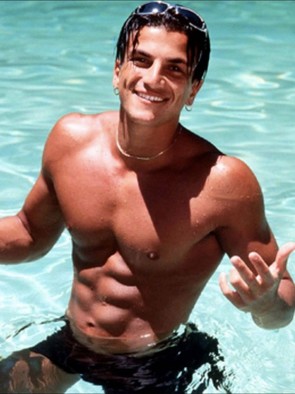
 RSS Feed
RSS Feed
